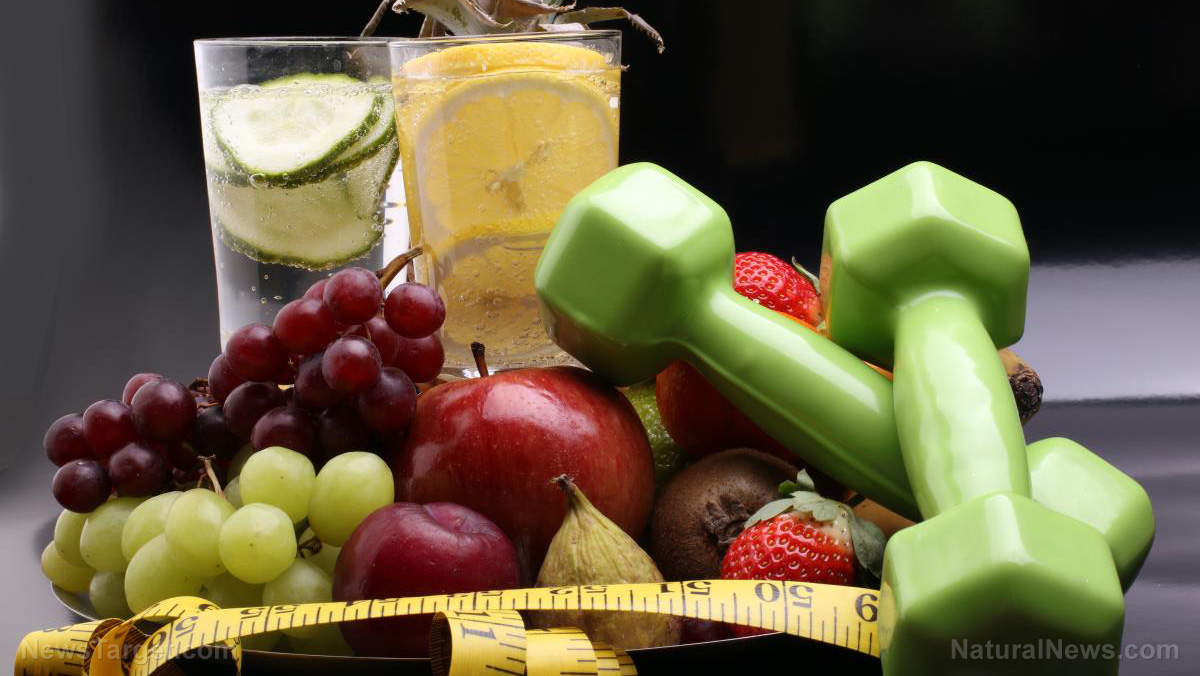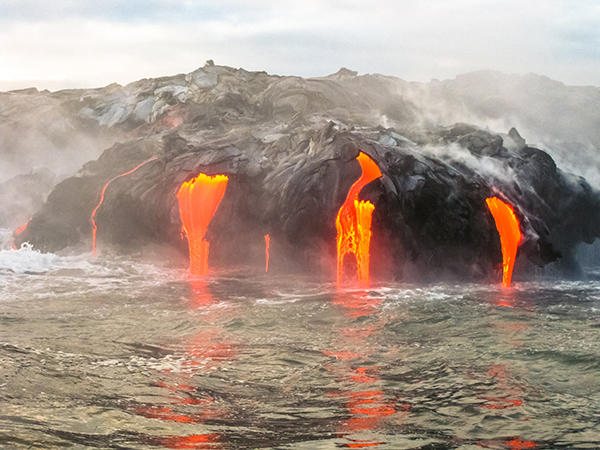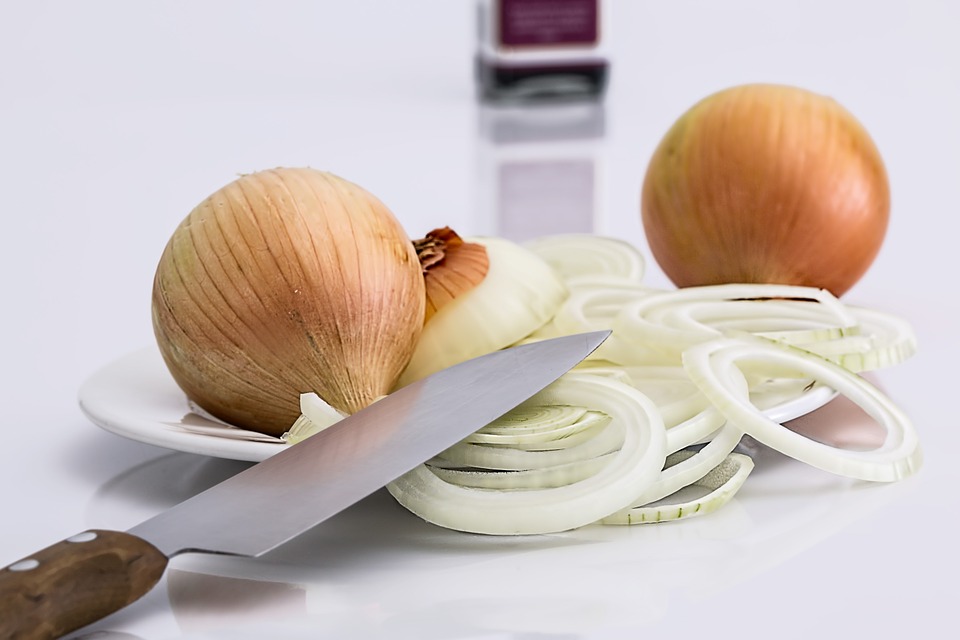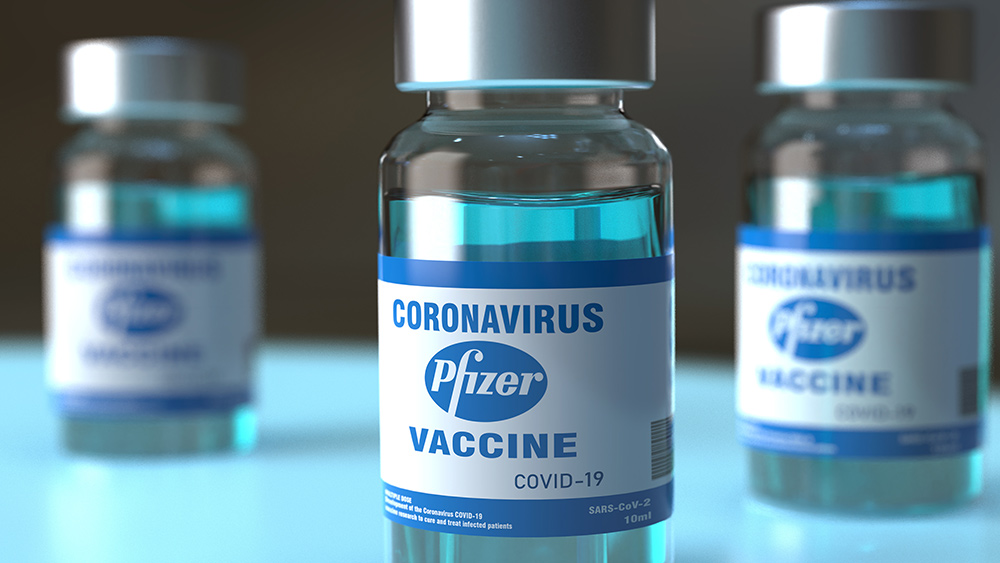Vitamin C rediscovered as a genetic youth serum in landmark skin study
07/10/2025 / By Willow Tohi

- Researchers show vitamin C reactivates critical skin-renewal genes, countering aging.
- Mechanism involves reversing DNA methylation via TET enzymes to boost key genes.
- Study suggests potential for skin disease therapy and anti-aging treatments.
- Lifestyle factors like smoking and sun exposure hinder vitamin C’s benefits.
- Dietary intake and targeted demographics (e.g., seniors, smokers) highlighted for maximum gain.
In a breakthrough for understanding aging and skin health, a study published in the Journal of Investigative Dermatology reveals that vitamin C reactivates genes critical to skin renewal, countering epidermal thinning — a hallmark of aging. Conducted by researchers at the Tokyo Metropolitan Institute for Geriatrics and Gerontology, the April 2025 study found that vitamin C reverses DNA methylation, a process that silences genes over time, enabling increased cell division and thickening of the skin’s protective layers. The findings, tested on lab-grown skin models, open new avenues for anti-aging therapies but underscore the need for human trials.
Epigenetic alchemy: How vitamin C reboots aging skin at a genetic level
Vitamin C’s role extends far beyond its well-known antioxidant and immune-boosting functions, the study shows. Researchers discovered it mitigates age-related skin decline by demethylating DNA — a process that “turns back on” genes dormant due to aging. Specifically, vitamin C fuels enzymes (TET proteins) that remove methyl groups from DNA, allowing genes like KRT17, DCT and EDA2R (involved in cell division and barrier formation) to become active.
After just seven days of exposure to vitamin C at blood-level concentrations, lab skin models exhibited epidermal thickening and a 75-fold boost in gene activity linked to proliferation. “VC’s ability to influence epigenetic regulation of skin cells offers a novel mechanism for maintaining skin integrity,” said Dr. Akihito Ishigami, the study’s lead author. The outer skin layer (stratum corneum) thinned in tandem, suggesting accelerated cell turnover — a process vital for a healthy barrier.
From lab to lifespan: Implications and research frontiers
While promising, the study’s limitations are clear: human trials are needed to confirm the effects on actual skin. Still, the findings challenge traditional anti-aging approaches, which often focus solely on surface care. “This could eventually redefine how we address skin aging — not just cosmetically, but biologically,” Dr. Ishigami noted.
The epidermal thickening observed mimics youthful skin structure, raising hopes for therapies to counteract conditions like atopic dermatitis and aging-induced fragility. “VC’s dual role as both protector and genetic ‘rewriter’ positions it as a foundational molecule in longevity science,” added Dr. Arjun Dupati, a dermatologist not involved in the research.
Lifestyle and dietary levers to maximize skin benefits
To harness vitamin C’s potential, lifestyle choices matter. Smoking, excessive sun exposure and poor nutrition deplete its efficacy. “Tobacco consumption reduces VC in both blood and skin, exacerbating collagen degradation,” said Dr. Dupati. Sunlight accelerates oxidative stress, draining limited stores while damaging skin DNA. Alcohol and high-glycemic diets further impair its absorption, weakening barriers against inflammation and aging.
A healthy diet, however, boosts outcomes. Registered dietitian Ana Reisdorf emphasized vitamin C-rich foods: “Bell peppers, kiwi and broccoli provide not just VC but phytonutrients that synergize with it to reinforce collagen.” The NIH notes dietary guidelines: Most men require 90 mg daily, while smokers need an extra 35 mg due to oxidative stress.
Nourishing a youthful skin barrier: Dietary and supplement strategies
For certain populations — older adults, smokers and patients on medications affecting vitamin C metabolism — supplements may be essential. “A time-released 1,000 mg dose twice daily could emulate the study’s intracellular benefits,” explained Ishigami. Such formulations aim to mimic sustained blood levels seen in the research.
Topical VC remains a complementary tool. Its antioxidant properties shield against environmental damage, while lipid-soluble serums enhance absorption. Dr. Dupati recommends combining with ferulic acid to stabilize the vitamin, ensuring better anti-aging impact.
A vitamin’s new lease on antioxidants and aging — the road ahead
The study retraces a familiar yet renewed narrative: vitamin C as a pillar of vitality, this time unlocking epigenetic pathways to skin longevity. As science bridges the gap between cellular mechanisms and clinical application, the focus shifts to translating these discoveries into accessible therapies. Whether through diet, topical formulations, or supplementation, the promise of a youthful epidermis, fortified at its genetic roots, moves closer — intricate, but no longer exclusively the domain of science fiction.
“This is just the beginning,” Ishigami remarked. “Epigenetic skincare is where the future lies.” For now, the message is clear: protect, nourish and let nature’s co-factor do its work.
Sources for this article include:
Submit a correction >>
Tagged Under:
#nutrition, aging secrets, alternative medicine, anti-aging, antioxidant, breakthrough, discoveries, food science, health science, longevity, natural health, natural medicine, natural remedies, Naturopathy, nutrients, research, skin health, supplements, vitamin C
This article may contain statements that reflect the opinion of the author




















